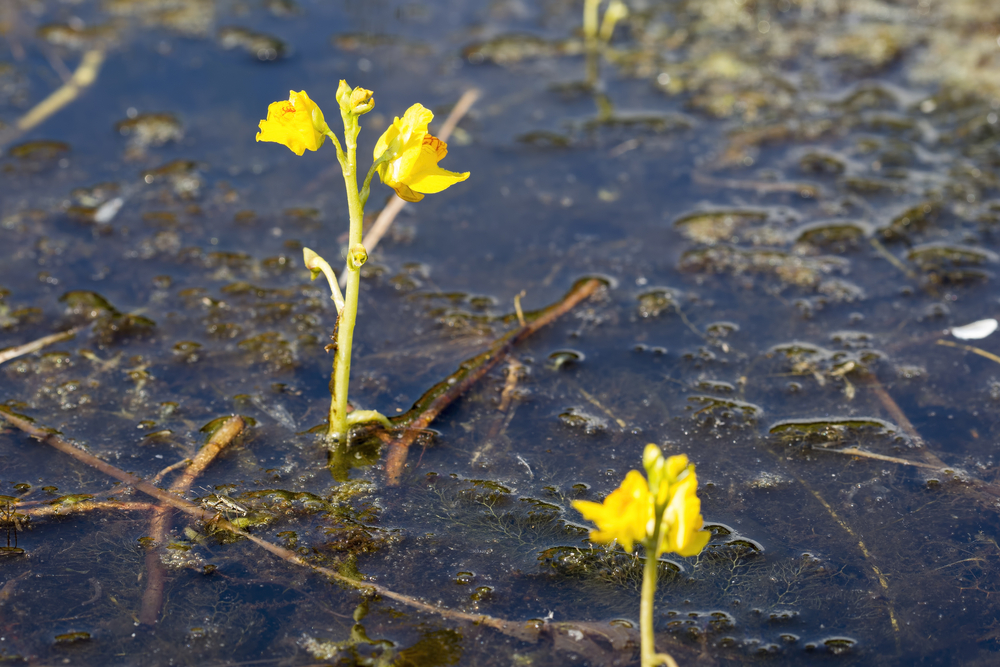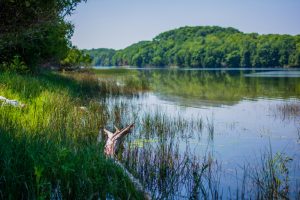If you own a property or live near a water body, you should understand the difference between submerged vs emerged weeds. Both weeds grow in estuaries, reservoirs, and other water bodies. However, they are generally classified based on how they grow, with some weeds growing below the water surface while others rise above the water.
So, what’s the primary difference between submerged and emerged weeds? The emerged weeds grow above the water surface out of the water, while submerged weeds grow below the water surface within the water column. Most emerged weeds tend to grow along the shorelines and shallow areas of water bodies.
Are you dealing with some water weeds in your lake? Learn the difference between submerged vs emerged weeds and how to handle them. Share on XTypes of Submerged Weeds in Texas
Submerged weeds grow within the water column below the water surface, and examples are:
- Watermilfoil: This aquatic weed has feather-like leaves, with a group of four leaves radiating from a single point. Its fragments can regenerate into new plants
- Hydrilla: This invasive weed species have small, pointed leaves with serrated edges. The plants have thin stems growing up to one inch per day.
- Bladderwort: This submerged aquatic weed is carnivorous and is characterized by yellow flowers growing above the water.
Types of Emerged Weeds in Texas
Emerged weeds are aquatic plants growing out of the water above the water surface, and examples include:
- Duckweed: This aquatic weed grows in dense colonies in stagnant water and has flat leaves on a stem. Every plant has a single root.
- Rushes and Sedges: These emergent plants have grass-like leaves growing as a single stem or groups of branches connected by long thick rhizomes.
- Arrowhead: These weeds have arrow-shaped leaves that grow in clusters from the base. The stems of the leaves are spongy, each leaf having a central vein.
How to Handle Each
You can control the weeds by applying herbicides or using non-chemical management options. Some non-chemical control methods include digging, raking, and physically pulling the weeds by their root systems. However, you must not leave any weed fragments behind after raking because they will re-grow into new plants.
Waterline Can Help
Now that you know the difference between submerged and emerged weeds, it’s easier to deal with weed plants. Unfortunately, getting rid of the aquatic weeds can be hectic if you don’t have the right tools for the job. The good news is that Waterline can help you control weeds growing in your lake, pond, or other water body adjacent to your home.
Contact us today to let our experts help remove weeds from your water body.



